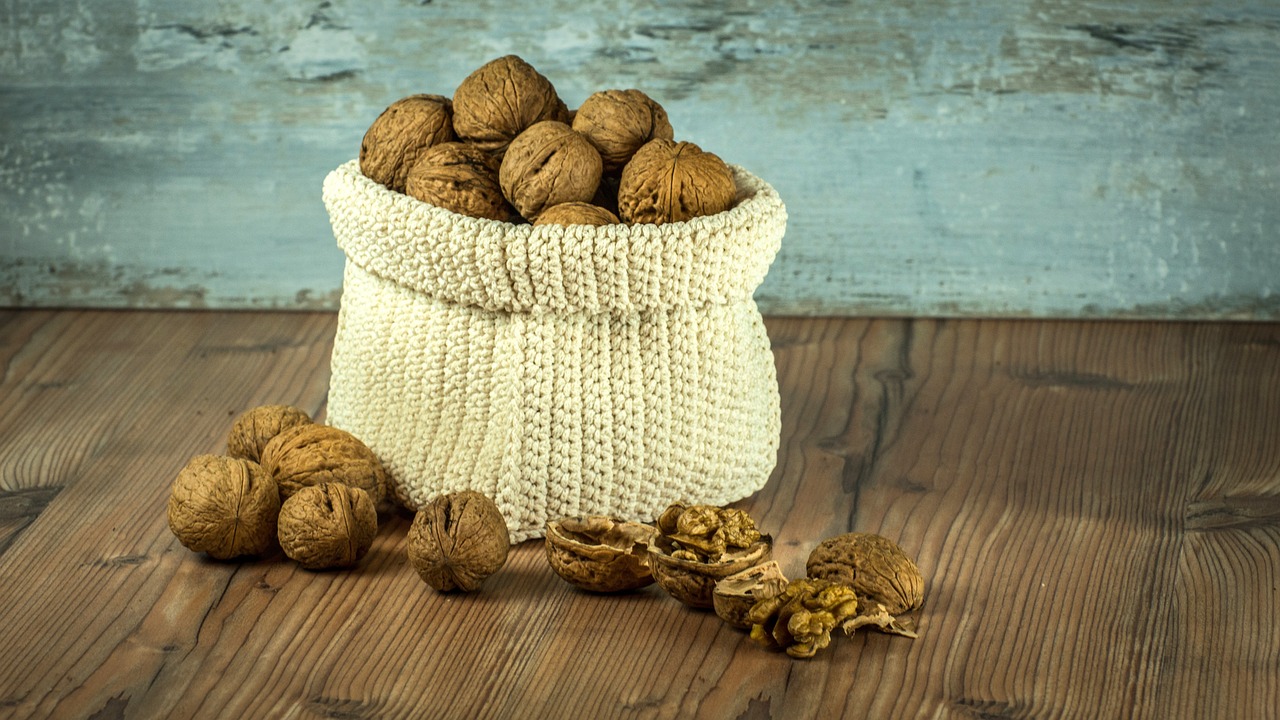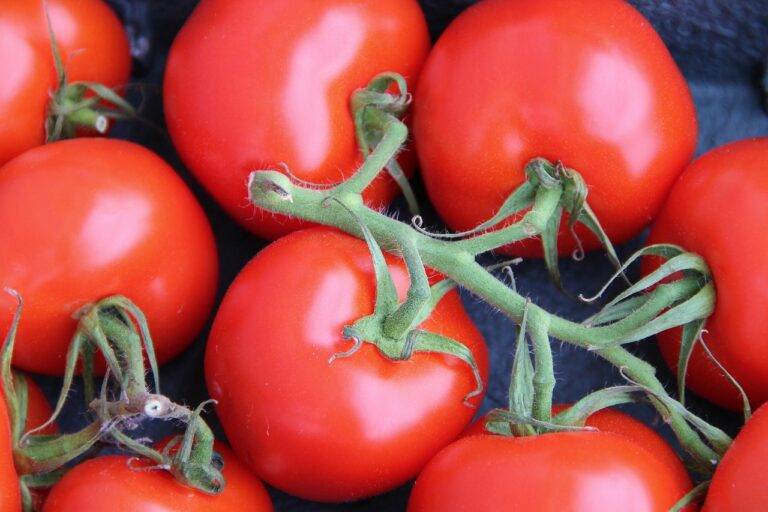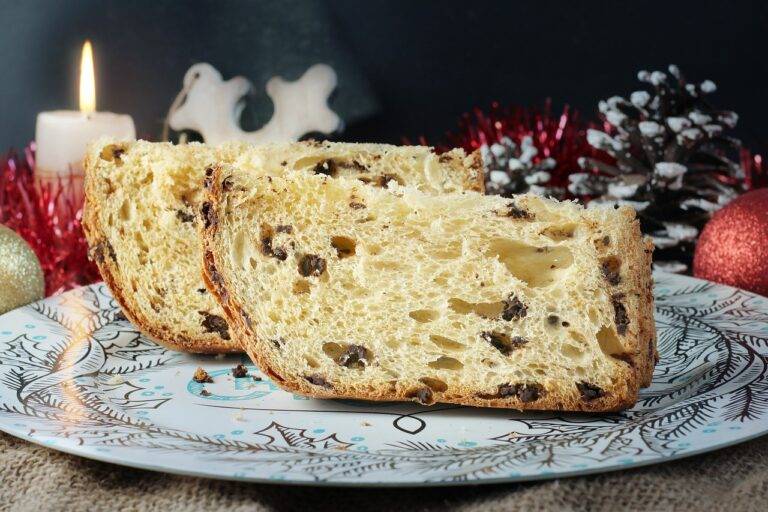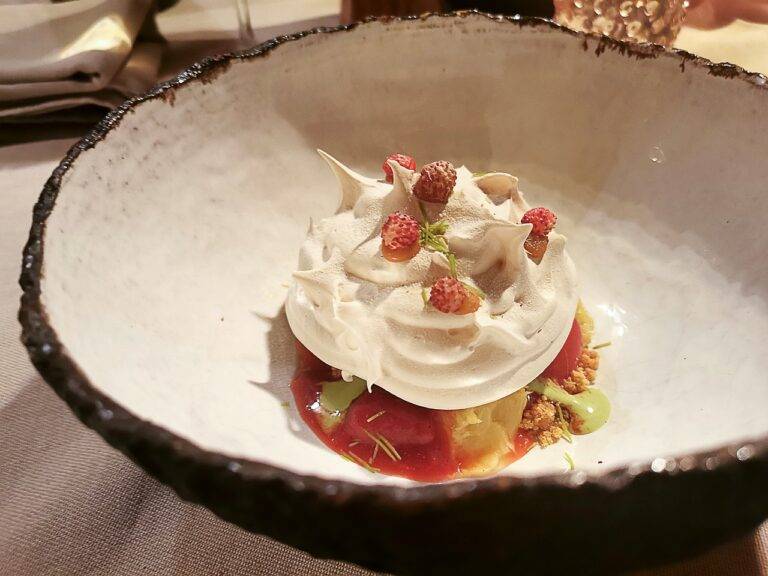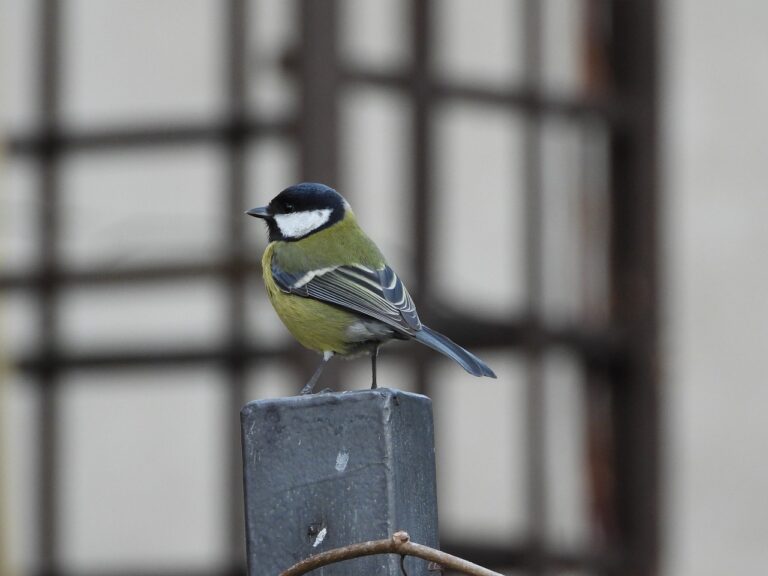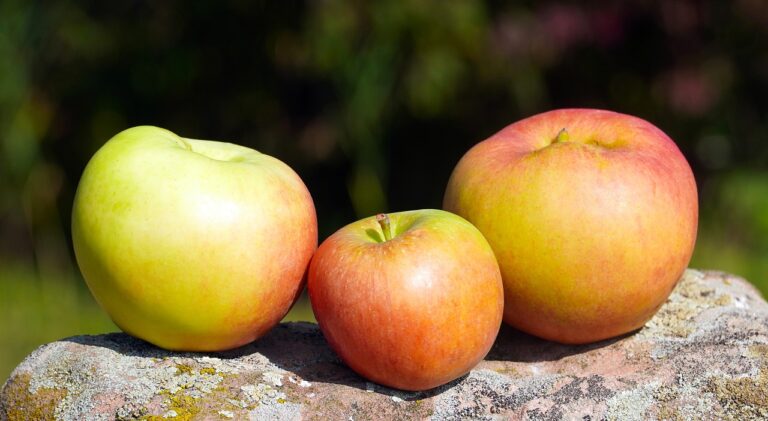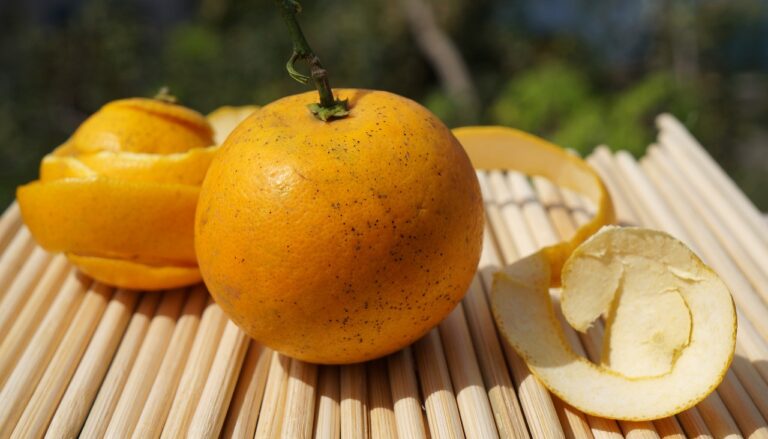The Science Behind Food Preservation Techniques
Food spoilage is a natural process that occurs when food deteriorates in quality, making it unsuitable for consumption. This deterioration can be caused by various factors such as temperature fluctuations, exposure to light, and the presence of microorganisms. When food spoils, it may change in color, texture, smell, or taste, indicating that it is no longer safe to eat.
Understanding the signs of food spoilage is important for ensuring the safety of what we consume. It is essential to check for any unusual characteristics in food before consuming it to prevent the risk of foodborne illnesses. By being aware of the factors that contribute to food spoilage, we can take necessary precautions to store and handle food properly to minimize wastage and maintain food safety.
• Food spoilage is a natural process that occurs when food deteriorates in quality
• Factors such as temperature fluctuations, exposure to light, and presence of microorganisms can cause food spoilage
• Signs of food spoilage include changes in color, texture, smell, or taste
• It is important to check for unusual characteristics in food before consuming it to prevent foodborne illnesses
• Understanding the factors that contribute to food spoilage helps in taking necessary precautions for proper storage and handling of food
The Role of Microorganisms in Food Spoilage
Microorganisms play a crucial role in the spoiling of food. Bacteria, yeast, and molds are the primary culprits behind food spoilage. These microorganisms break down nutrients in food, altering its taste, texture, and smell. Additionally, they can produce toxins that are harmful to human health if consumed. As such, it is vital to understand how these microorganisms thrive in various conditions to better prevent food spoilage.
The presence of moisture, oxygen, and the right temperature can create an ideal environment for microorganisms to proliferate in food. When food is not stored properly or reaches its expiration date, these microorganisms can quickly spoil it. Understanding the specific conditions that promote the growth of spoilage microorganisms can help in implementing effective food preservation methods. By controlling factors such as temperature, moisture levels, and exposure to oxygen, the growth of harmful microorganisms in food can be minimized.
Chemical Preservation Methods
Preserving food using chemical methods involves the use of various substances to inhibit the growth of microorganisms and delay spoilage. One common chemical preservative is salt, which works by drawing water out of cells, making it harder for bacteria to survive. Another widely used preservative is sugar, which creates an environment with low water activity that prevents microbial growth. These chemical preservatives have been used for centuries and are still widely employed in food processing today.
In addition to salt and sugar, chemical preservatives such as vinegar, citric acid, and sulfites are frequently utilized in food preservation. Vinegar and citric acid lower the pH of food, creating an acidic environment that inhibits the growth of bacteria and molds. Sulfites, on the other hand, prevent oxidation and enzymatic browning in foods like fruits and vegetables. While chemical preservatives are effective in extending the shelf life of many food products, it is important to use them judiciously and follow regulatory guidelines to ensure food safety.
What causes food spoilage?
Food spoilage is primarily caused by the growth of microorganisms such as bacteria, yeast, and mold.
How do microorganisms contribute to food spoilage?
Microorganisms break down the nutrients in food, leading to changes in texture, color, odor, and taste, making the food unsafe and unappetizing to consume.
What are some common chemical preservation methods used to prevent food spoilage?
Some common chemical preservation methods include the use of preservatives such as salt, sugar, vinegar, and synthetic additives.
How do preservatives help in preserving food?
Preservatives work by inhibiting the growth of microorganisms or slowing down the chemical reactions that lead to food spoilage, thereby extending the shelf life of the food.
Are chemical preservatives safe to consume?
When used in regulated amounts, chemical preservatives are considered safe for consumption. However, excessive intake of certain preservatives may have negative health effects.
Can chemical preservation methods completely prevent food spoilage?
While chemical preservation methods can significantly delay food spoilage, they may not completely prevent it. Proper storage, handling, and cooking techniques are also essential in preserving food.

